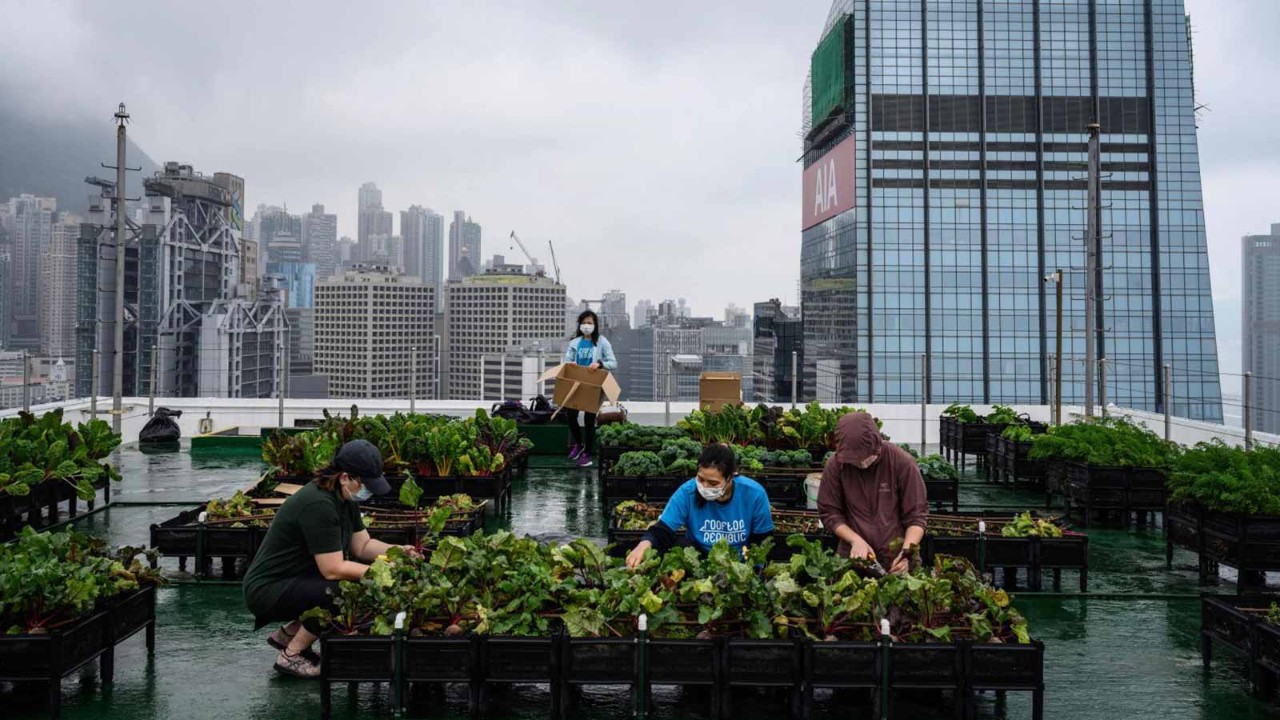
Following the United Nations Climate Change Conference (Cop26) in November, Hong Kong has reaffirmed its commitment to strengthening its green credentials. Within days of the Cop26 hosts warning ‘the lights are flashing red on the climate change dashboard’, the Hong Kong Climate Action Plan 2050 was announced.
The plan sets out a series of interim decarbonisation strategies to halve Hong Kong’s carbon emissions by 2035 (compared with the 2005 level) and to achieve carbon neutrality by 2050. The 2050 plan, which the government is backing with HK$240bn (US$31bn) in public sector investment over the next 15 to 20 years, supersedes an earlier one that set less ambitious carbon reduction targets.
Energy use
With Hong Kong’s electricity generation accounting for 66% of its carbon emissions (2019 levels), it comes as no surprise that the new carbon-neutrality plan is promoting green buildings, green transport and waste reduction. While Hong Kong is directly accountable for only a small part of the world’s total carbon emissions (about 40.6 million tons of CO2 annually), air conditioning accounts for a whopping 60% of Hong Kong’s energy use during the summer months.

Air conditioning accounts for a whopping 60% of Hong Kong’s energy use during the summer months
With supermarkets, shopping centres and restaurants often chilled to a positively frigid 12°C – a good 12 degrees colder than the 24–26°C guidelines recommended by the environmental department and health professionals – Hong Kong residents know the secret to surviving the hot summer months is always to carry an ‘indoor jacket’, and for extra warmth, a scarf, regardless of the outside temperature.
Green finance bridge
In addition to reducing the impact of air conditioning (‘cold-air machines’ as they are known in Cantonese), Hong Kong is implementing other ways to expand its green footprint. With mainland China striving for carbon neutrality before 2060, Hong Kong is in a unique position to promote green investments by connecting the flow of green and sustainable funds between the mainland and the world, just as it has done with other forms of crossborder financial structures.
In seeking to turn itself into a centre for green financing, Hong Kong can benefit from mainland China’s environmental ambitions, which are estimated to be worth US$20 trillion over the coming years. Government agencies and financial regulators have created the Green and Sustainable Finance Cross‑Agency Steering Group to find ways to position Hong Kong as a regional carbon trading centre and to capitalise on carbon emission opportunities on the mainland and overseas.
Hot on the heels of the flurry of carbon-neutrality announcements, designed to attract the attention of global investors, the Hong Kong government recently issued US$3.75bn worth of green bonds denominated in US dollars, euro and renminbi. It is the first time an Asian government has issued a euro-denominated green bond with a 20-year tenure.
Meanwhile, according to the operator of Hong Kong’s stock exchange, its listed entities issued 90 environment, social and governance (ESG) bonds this year, raising a combined HK$270bn, four times the figure raised last year. To drive the development of a green and low-carbon market in the region, the HKEX and Guangzhou Futures Exchange have agreed to collaborate in promoting sustainability, particularly in areas such as clearing, technology, product development and marketing.
Where the battle against climate change is concerned, all hands are on deck to safeguard Hong Kong’s financial ecosystem. In July 2021, the Hong Kong Monetary Authority issued draft guidelines on the management of climate-related risks by authorised institutions. These include legal cases related to climate change, the financial risks related to the process of adjusting to a lower-carbon economy and the impacts of progressive shifts in climate change such as heatwaves, floods and sea-level rise. There was, though, no mention of the risk of catching a chill from spending time inside one of Hong Kong’s shopping centres or restaurants.